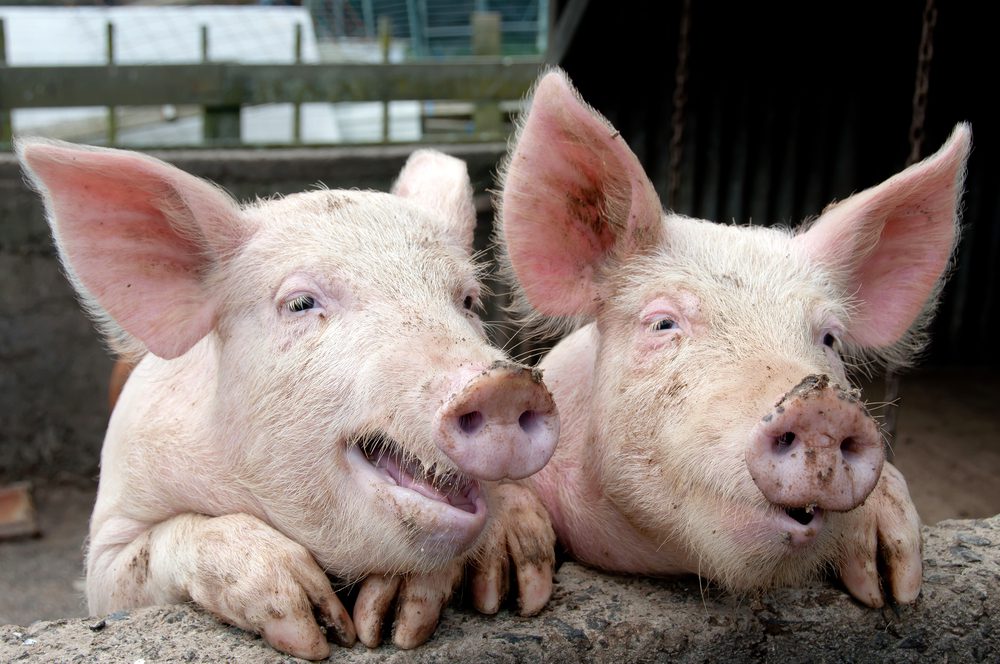Several of the UK’s farming sectors are well on their way to meeting key antibiotics targets according to the latest interim report published by RUMA.
The Responsible Use of Medicines in Agriculture Alliance (RUMA) half-year summary outlines the progress of eight different livestock sectors towards achieving 2020 targets for antibiotic use.
The targets, which were developed last year by the Targets Task Force, include a number of numerical and qualitative goals towards reducing, refining or replacing antibiotic use in UK farm animals.
Interim report
RUMA secretary general Chris Lloyd said a comprehensive review of progress is due in November.
“In the meantime, this four-page summary provides a flavour of some of the activities being implemented to build on the successful reduction of 27% in overall farm antibiotic sales 2014-2016,” said Lloyd.
He added that it’s important to note each sector is very different – both in terms of when they were first able to engage with the issue and disease pressure as well as the number of producers and sector structure.
“This is why some have already made significant changes and are ‘refining’ how and when antibiotics are used, while others are working on bigger issues of data, communication and usage ‘hotspots’.
“But whatever the stage, all remain fully engaged on driving improvement and best practice to ensure the targets can be achieved by 2020,” he said.
Here’s how the sectors have fared so far:
Gamebirds
The gamebird sector reduced antibiotic use by 36% in 2017; its target was 25%. And the 2018 reduction campaign is well underway with figures due in November.
This is aiming for a further 25% reduction in total antibiotic use between 2018 and 2020.
To help achieve this, key influencers issued a joint communication about responsible use to game rearers, farmers and shoots at the start of the main antibiotic usage period for 2018.
Pigs
Pigs have been one of the best performing sectors in terms of its antibiotic reduction; antibiotics use halved between 2015 and 2017.
In 2017, the UK pig sector announced a 28% reduction in antibiotic use reaching 131mg/PCU; this means it is on track to reach 99mg/PCU by 2020.
Colistin use was also recorded at 0.01mg/PCU for 2017, a hundredth of the EU recommended maximum.
The pig e-Medicine Book recorded around 90% of the national pig herd’s usage data online in 2017.
A benchmarking function has also been added to e-MB to help pig farmers compare their
antibiotic use against similar farm types.
Laying hens
Use of colistin was banned in June 2016; third and fourth generation cephalosporins had already been banned in November 2013.
Fluoroquinolone use is completely prohibited in day-old chicks and can only now be used in
exceptional situations to protect bird welfare once a specific pathogen is identified and sensitivity testing has confirmed that no other medications are appropriate.
The Lion Code of Practice requires any antibiotic use to be immediately reported to the subscriber.
In addition, new antibiotic stewardship training from the Lion Code of Practice is also in place.
Beef and dairy
A free calculator to help dairy vets and farmers quantify their antibiotic usage on-farm has been developed.
Data collated as part of the project shows a wide variation in use between different dairy farms. Work is ongoing in the beef sector to identify and compile similar antibiotic usage datasets.
Dairy Antimicrobial Stewardship (DASG) and Beef Antimicrobial Use (BAMU) groups were set up in late 2017.
Each has put together a strategy which will be published in August 2018. Both include an action plan with specific responsibilities and timescales to achieve their antibiotic
use targets.
A ‘cattle’ form of the e-Medicine Book – for both dairy and beef – is being piloted until the end of the year.
University of Bristol has started work on creating a standard methodology for benchmarking medicine use on beef farms; this will feed into the e-Medicine book.
Data on amounts of vaccine sold to protect against five key cattle diseases – IBR, BVD, Leptospirosis, Pneumonia and Scour – have been obtained for 2011-2017 and are currently being analysed with the view of shaping future work.
The Agriculture and Horticulture Development Board (AHDB) is running webinars on Responsible Use of Antibiotics in beef systems in autumn 2018, as well as a series of farmer-facing meetings on practical ways of improving calf health and reducing antibiotic use in youngstock.
AHDB is also working with the Royal Agricultural University on a project to collate and communicate best practice in dairy beef calf management in farms, collection centres and livestock markets.
A calf health campaign is being launched in September. It will include a focus on respiratory disease, one of the biggest challenges in young cattle and beef herds.


